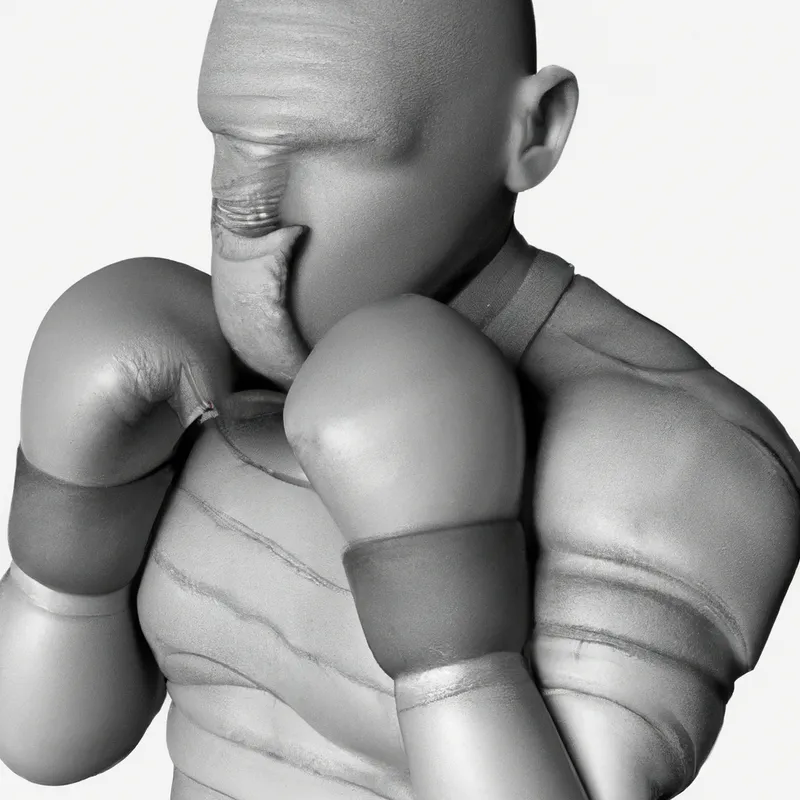Elevate Your Fight Game Through Breathing Science
The Science of Breathing in Muay Thai: Techniques for Endurance
Muay Thai demands both striking and clinching techniques. It requires physical strength, mental focus, and endurance. Breathing plays a crucial role in performance and endurance. Proper techniques allow you to train harder and fight longer. This blog post explores breathing in Muay Thai and offers tips to enhance endurance.
Understanding the Importance of Breathing
Breathing is vital during physical activity. Intense workouts increase your muscles’ oxygen needs. Efficient breathing delivers necessary oxygen and expels carbon dioxide. Research indicates that effective oxygen use determines athletic performance. In combat sports like Muay Thai, mastering breath can influence victory.
The Diaphragm: Your Best Friend
The diaphragm sits beneath your lungs and aids proper breathing. Deep diaphragmatic breathing increases lung capacity, allowing more oxygen intake. This boost enhances endurance, helping you train longer and perform better.
To practice diaphragmatic breathing, follow these steps:
1. **Lie Down or Sit Comfortably:** Place one hand on your chest and the other on your abdomen.
2. **Inhale Through Your Nose:** Expand your abdomen instead of your chest for efficient diaphragm use.
3. **Exhale Slowly Through Your Mouth:** Feel your abdomen contract as you release air. Aim for slow, controlled exhalation.
Regularly practicing this technique can significantly improve endurance.
Tips for Breathing During Training
Integrate breathing techniques throughout your Muay Thai training. Here are practical tips for effective breathing:
1. Breathe with Purpose
Stay conscious of your breathing during training. Inhale through your nose and exhale through your mouth. This technique maintains control during strikes and defensive movements. Exhale sharply when striking to enhance power and engage your core.
2. Use the 2-2 Technique
The 2-2 technique involves inhaling for 2 counts and exhaling for 2 counts. This rhythmic pattern keeps your breath steady, even in intense rounds. Focusing on this method prevents hyperventilation, reducing lightheadedness and performance loss.
3. Practice Breathing Between Rounds
Use breaks between rounds for recovery. Focus on deep, slow inhales to replenish oxygen levels. This practice helps clear your mind.
Conclusion
Mastering breathing techniques in Muay Thai enhances performance and endurance. Incorporate these strategies for improved training and fighting outcomes.
Below are related products based on this post:
FAQ
Why is breathing important in Muay Thai?
Breathing is vital during physical activity as it delivers necessary oxygen and expels carbon dioxide. In Muay Thai, mastering breath can significantly influence performance and endurance, allowing athletes to train harder and fight longer.
What is diaphragmatic breathing and how can it help?
Diaphragmatic breathing involves using the diaphragm to increase lung capacity and oxygen intake. This technique helps enhance endurance, allowing practitioners to train longer and perform better in their fights. Regular practice can lead to improved breathing efficiency.
What are some effective breathing techniques to use during training?
Some effective breathing techniques include breathing with purpose—being conscious of inhaling through the nose and exhaling through the mouth, using the 2-2 technique for rhythmic breathing, and practicing deep, slow breaths during breaks between rounds for recovery. These methods help maintain control and prevent performance loss.















Post Comment